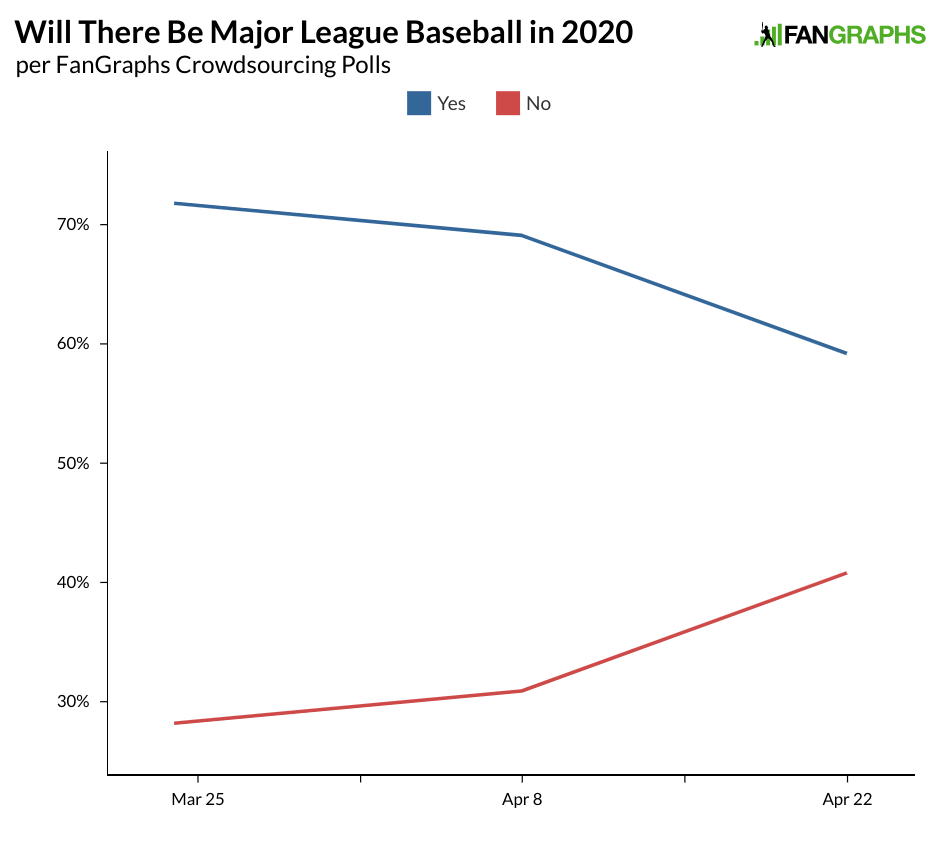The Last Time We Saw That Guy: Ken Griffey Jr.
It happens so fast, sometimes. A moment ago, two runs behind, the game seemed almost over, the stadium lethargic; too much of the same thing has already happened this season. The Mariners have trailed almost the entire game after the Twins got to Doug Fister early. Only two months in, and they’ve already seen eight walk-off losses, 14 losses that came down to the game’s final plate appearance. They’ve had an eight-game losing streak. And who’s up this inning? No one to inspire. Jose Lopez, Josh Wilson, Rob Johnson. Edge-of-your-seat kinds of baseball guys.
But Jose Lopez hits a double into the right field corner, and Josh Wilson slaps a single up the middle, and all of a sudden, there is hope. It’s 5-4, nobody out, and the go-ahead run is coming to the plate.
***
Today is Monday. On Saturday, the Mariners played the Angels in Anaheim; Félix Hernández pitched eight innings, allowing only a single run, but the Mariners batters failed to back him up with anything more than a single run of their own. After walking Hideki Matsui, the first batter of the Angels ninth, Hernández gave way to Brandon League — who, after a scoreless ninth and top of the 10th, ended the game by allowing a grand slam to Kendrys Morales. On Sunday, still playing the Angels, the Mariners led 7-2 in the fifth. But a gradual crumble led to a final death-blow — a three-run homer in the bottom of the ninth. Another walk-off loss for Seattle. They returned home defeated and demoralized. Here, now, the tables are turned. One win can’t erase the memory of all the losses. But it can, for a moment, give everyone something to celebrate — give everyone something meaningful to hold on to. Read the rest of this entry »

